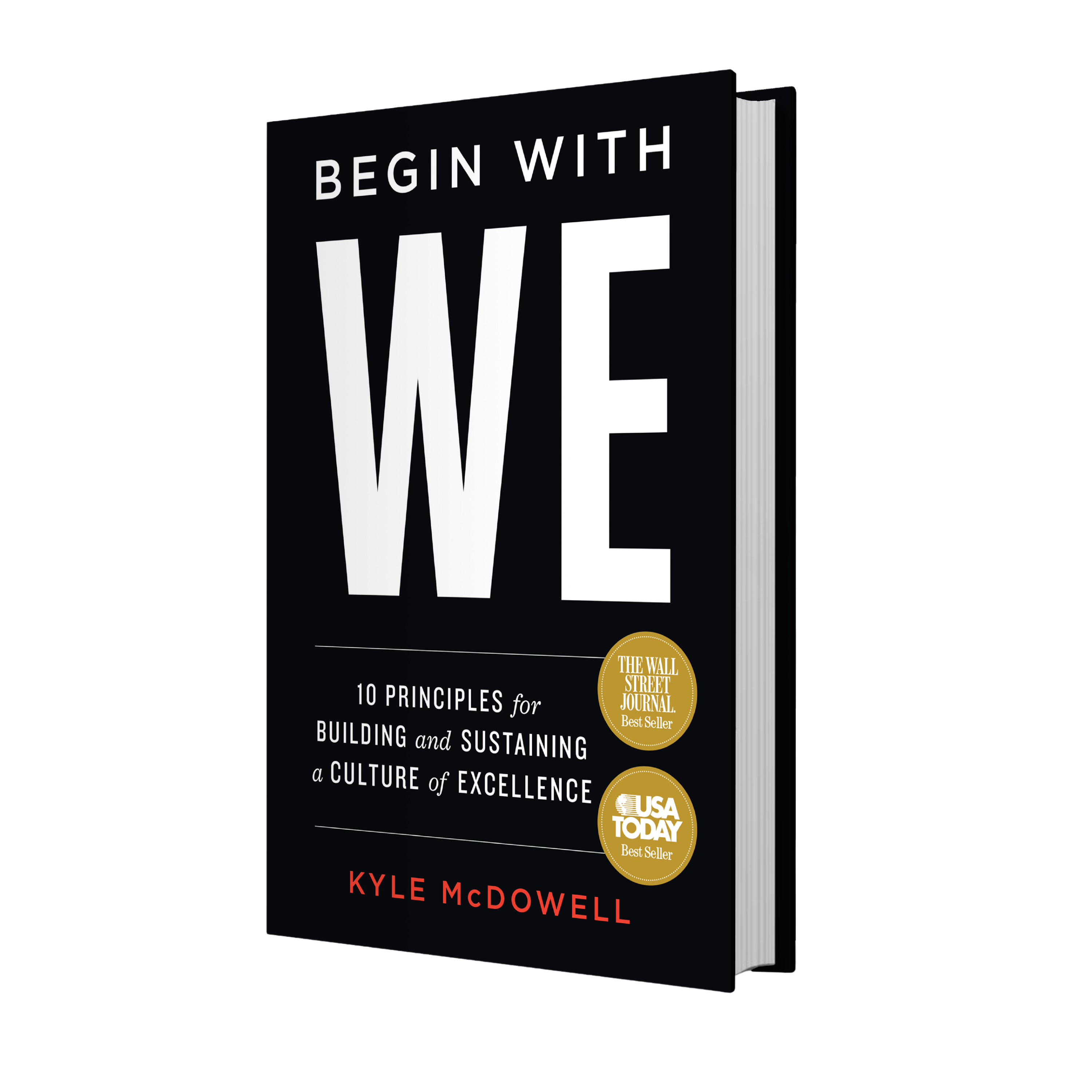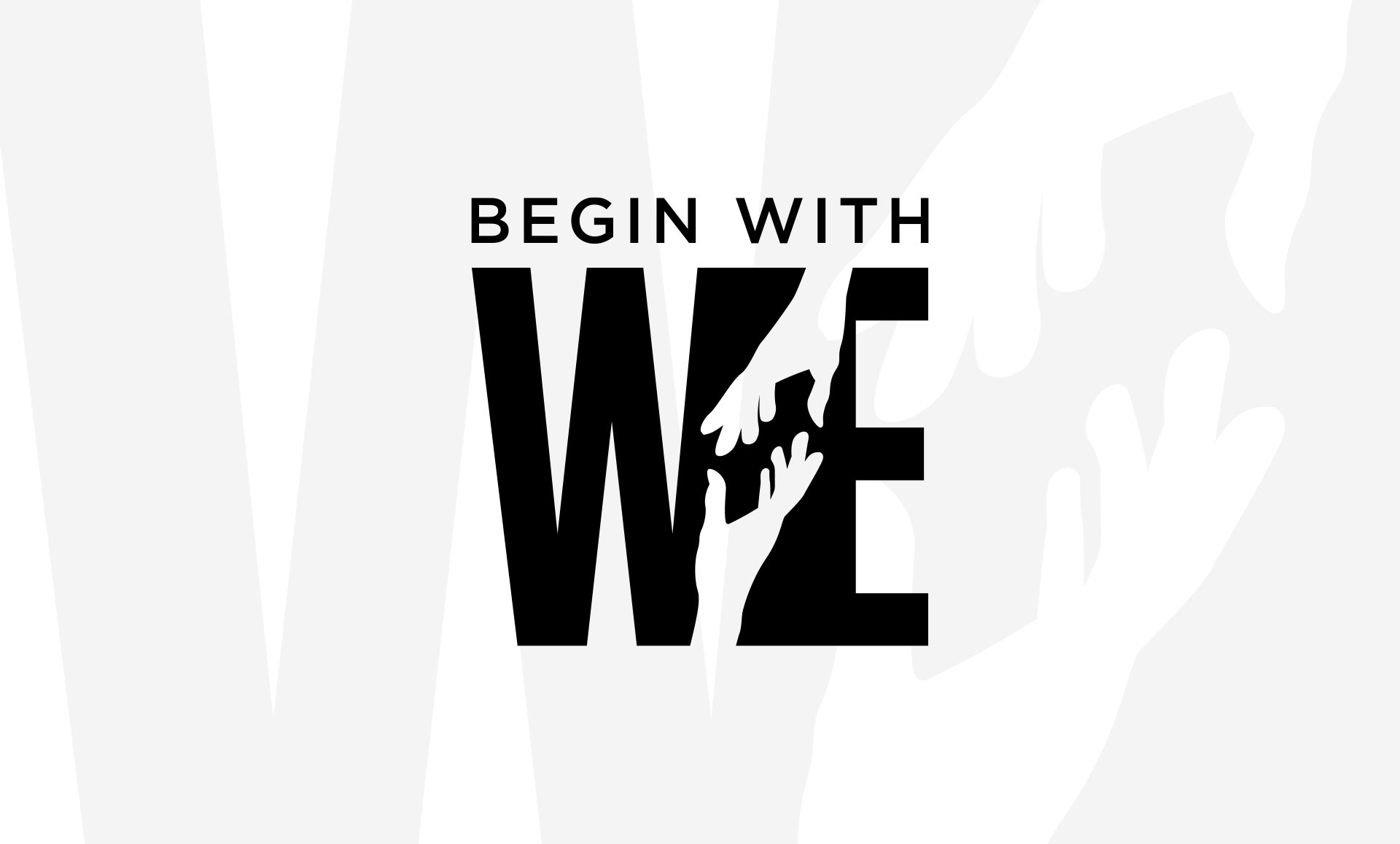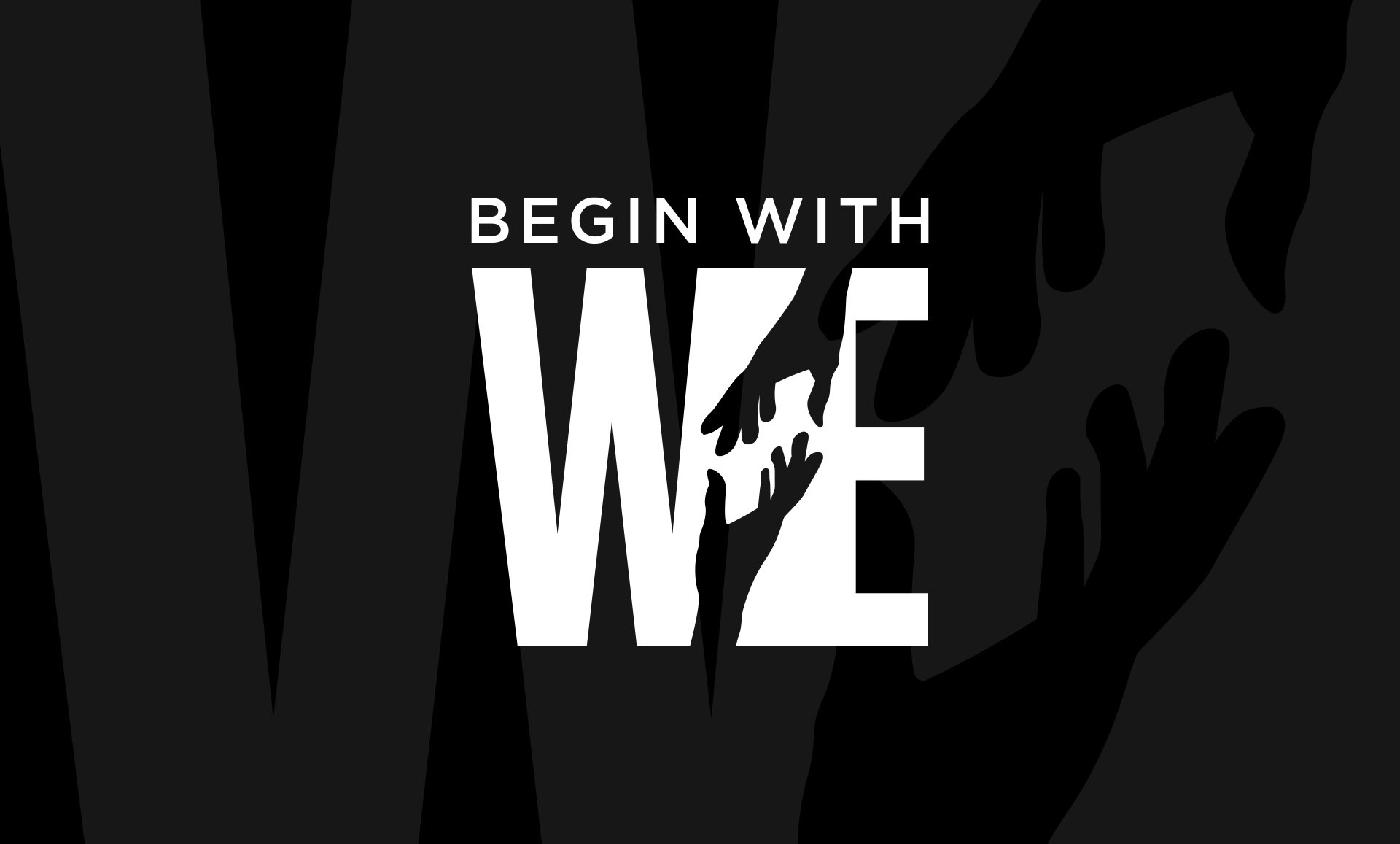I had just finished giving my very first presentation as the new Senior Vice President and Program Manager at Maximus, one of the largest business process outsourcing firms in the country. My audience was 50 leaders of my newly inherited contact center program. They were a team of highly talented men and women who led more than 14,000 customer service professionals in the largest, and arguably most visible, program in the Federal Government.
My role came with two primary objectives: lead a sorely needed cultural transformation, and help the program be better across the board. To do that, I needed to get their buy-in, now. And so, my presentation focused on 10 guiding principles—all starting with the word WE—needed to establish a culture of excellence. After I finished speaking, there was an open dialogue for questions and discussion.
During the open dialogue, one of the folks in the audience, Bob, said, “Kyle, this talk has really been great. So, can we start working through these 10 WEs with the leaders who report to us and their teams?”
I couldn’t help but find it ironic that this leader—who’s responsible for about 1,000 employees—felt he had to get permission to have culture conversations with his team. And he was asking in front of all his peers in that organization.
Half joking, I replied, “I don’t know, Bob. Can you?”
After an awkward pause, he let out a big laugh. I laughed as well. We joked about that moment for years afterward. But think about it. Who would stop him from investing time and energy on a topic this important with his employees? Who would stop him from driving a culture of excellence? Having those conversations with his team was entirely his call. He knew it, and I knew it—but he wasn’t used to doing it.
Looking for Approval
His question highlights a lack of courage that is so widespread in Corporate America that even strong leaders, like Bob, can fall victim to it. Bob was essentially asking if it was okay to take action to improve.
In many companies, even senior leaders feel they need to get approval from their leaders before taking action—especially when it involves thinking outside the box and being creative. But here’s the thing: to create a culture of excellence, you must take action. Taking action is the follow-through. Of course, we must weigh the risks, sure, but we still have to do the damn thing.
We often hesitate to take action because we’re afraid to make a mistake. But mistakes are inevitable. Even failure is inevitable. In fact, both mistakes and failure are integral to success—or at the very least, they’re part of the learning process.
In Corporate America, we need to shift our thinking away from the fear of making a mistake. Fear of failure is not justification for avoiding taking action. Moral of the story? Taking action and making a mistake is okay. Being idle is not.
Think Like You’re the Founder
Taking action is simply recognizing an opportunity for improvement and making a move to address that opportunity. It’s taking initiative. If you spot an opportunity to improve a product or service, or the experience of your client and/or crew, you must act.
Yes, you should weigh ramifications and calculate risks—but always take action. There are a few ways to do this.
One of the best is to think like you’re the founder of the company. Is there a process you wouldn’t be doing if you owned the company? If so, that’s ripe for challenging and considering potential alternative approaches. If you’re the owner and a particular process or procedure does not add value, you must take action to do away with those processes. Ask, “Why are we doing it?”
Likewise, if you or your team aren’t doing something that could add tremendous value to the company, client, or your crew, you must ask, “Why don’t we do that?” There may be perfectly acceptable reasons for why you don’t; the key is recognizing the opportunity and weighing its potential.
Granted, you’re probably not the owner of the company and may have limited authority in what you can do. As needed, follow the appropriate chain of command to explore a change. But if you have the authority to make that change directly, take action.
Take the Opportunity for Action
Thinking like the founder isn’t the only way to thoughtfully take the opportunity for action. You can also choose to be curious. Don’t settle for the status quo just because something has “always been done this way.” Instead, ask questions. Get everyone to ask questions. Investigate your processes.
Your “curiosity alarms” should ring loudly when the person or team responsible for executing a process can’t explain its value. Seek ways to improve, and don’t be afraid of provocative ideas. Instead, lean in to them.
Along with getting curious, focus on working smarter, not harder. Yes, I’m aware of how cliché that sounds, but it’s true. Taking action doesn’t always mean putting in more time or elbow grease. In fact, sometimes the best action results in a new process that saves you time.
That’s the point of working smarter: streamline everything nonessential, leaving time to work on the big stuff. But even an effort that results in time saved requires taking action first.
Idle Hands, Busywork
Idleness is one of the most pervasive and insidious characteristics in Corporate America, especially in big companies. And it’s idleness that is the enemy of progress. The consequences of not taking action are the same for companies and employees as they are for sharks: if you don’t keep moving forward, you sink and die. That’s because failing to take action leads to stagnation—both personally for individuals and more broadly as a company.
When the company is chugging along, only loosely concerned with expanding or innovating, you should be sure there are companies like Amazon, whose mission seemingly is anti-stagnation, that will come along and gobble you up.
Amazon is a case study of the purpose-driven disrupter. They’re looking for a better way to do what you’ve done the same way for years and years, and they’re looking at it very differently from established companies’ perspectives.
Companies like Amazon devour organizations that let themselves stagnate. They’ve done it to brick-and-mortar retailers, like Kmart and JCPenney, that existed for over a century. And more recently, Amazon set out on a quest to disrupt the mail-order pharmacy business.
Fan the Flames of Innovation
Consumers have more choices than ever, and they aren’t standing in line to do business with a stagnant company prone to inaction. In fact, they’ll take action of their own—seeking alternative sources to fulfill their needs.
Most organizations are chock-full of creative and brilliant employees with great ideas to improve the team and/or company. They are burning to share their ideas until they realize the boss is completely disinterested. The message sent: do what you’re told and subscribe to the way it’s always been done—innovation flame extinguished.
When team members are expected to do their job the same way, every day, without an opportunity to take action to make it better, the most creative employees lose courage and shut down their contributions. The entire company’s ability to innovate suffers.
What happens when a company creates a culture of stagnation and robs its employees of their courage to take action? Mediocrity abounds. Remember the shark metaphor? Let’s bring it back: a shark dies when it stops swimming.
In the same way, inaction is a killer. It kills individuals (figuratively), and it kills companies (quite literally). Inaction leads to deterioration of purpose, fulfillment, creativity, and quality—all of which impact the consumer experience and, potentially, can lead a company to ruin. Consistently take action, though, and your company and team members will thrive.
For more advice on how to avoid stagnation and embrace progress, you can find Begin With WE on wherever books, ebooks, and audiobooks are sold.
Kyle McDowell is an author, speaker, and leadership coach with nearly three decades of experience leading tens of thousands of employees at some of the biggest companies in the United States. With an MBA from the Kellogg School of Management at Northwestern University, Kyle is widely known for his inspiring approaches to transforming bosses into leaders and reshaping corporate cultures.


